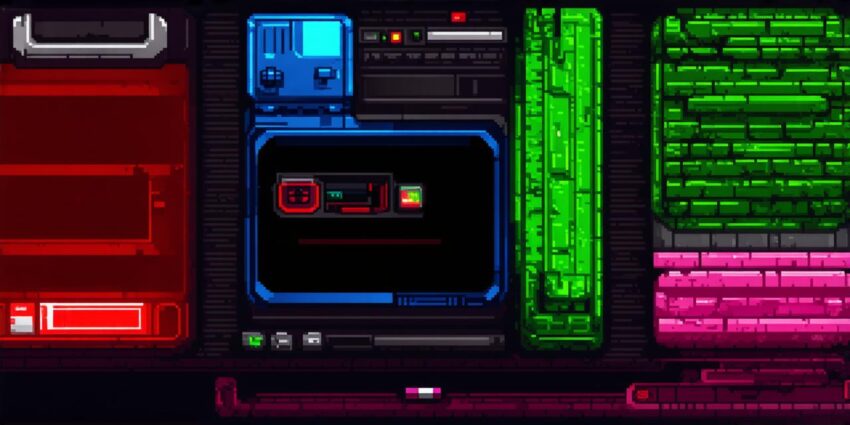Introduction
Unreal Engine is a popular game engine used for creating 3D games, but it can also be used for 2D game development. In this article, we will explore the capabilities of Unreal Engine when it comes to 2D game creation and provide a step-by-step guide on how to create your own 2D game using this powerful tool.
Setting up Unreal Engine for 2D Game Development
Before you can start creating your 2D game, you will need to set up Unreal Engine for 2D game development. This involves downloading and installing the engine, as well as setting up a new project. Here are the steps to follow:
- Download and Install Unreal Engine: Go to the Unreal Engine website (https://www.unrealengine.com/) and download the latest version of the engine. Once you have downloaded the installer, run it and follow the on-screen instructions to install the engine.
- Create a New Project: After installing the engine, open it up and create a new project. To do this, go to File > New Project and select the “2D Game” template. Give your project a name and choose a location to save it.
- Select the 2D Template: Once you have created a new project, you will be presented with a list of templates. Select the “2D Game” template to start your game development journey.
Creating the Game World
Now that you have set up your project, it’s time to start creating the game world. Here are the steps to follow:
- Create a New Level: To create a new level in your game, go to Content Browser > Levels and right-click to create a new level. Give your level a name and choose a location to save it.
- Add Tiles: Unreal Engine comes with a variety of tile assets that you can use to create the terrain of your game world. To add tiles, go to Content Browser > Tiles and select the ones you want to use. You can then place them on the ground by dragging and dropping them onto the level canvas.
- Add Actors: Actors are objects that move and interact with the player in your game. To add actors, go to Content Browser > Actors and select the ones you want to use. You can then place them on the level canvas by dragging and dropping them onto the ground.
- Adjust Camera Settings: Finally, adjust the camera settings to make your game world look more interesting. You can do this by going to Camera > Camera Settings and making changes to the camera’s position, rotation, and zoom levels.
Creating the User Interface
The user interface (UI) is an essential part of any game, and Unreal Engine makes it easy to create a custom UI for your 2D game. Here are the steps to follow:
- Create a New Widget: To create a new widget in your game, go to Content Browser > Widgets and right-click to create a new widget. Give your widget a name and choose a location to save it.
- Customize the Widget: You can customize the widget by going to Details Panel and making changes to its properties. This includes changing the widget’s size, color, and position.
- Add Interactivity: To make your widget interactive, you can add event bindings that trigger actions when the player interacts with the widget. For example, you can add a binding that opens a menu when the player clicks on a button.
- Arrange Widgets on the Level: Finally, arrange the widgets on the level by dragging and dropping them onto the ground. You can also group widgets together to make them easier to manage.
Adding Animation and Sound
Animation and sound are essential elements of any game, and Unreal Engine makes it easy to add both to your 2D game. Here are the steps to follow:

- Create Animations: To create animations for your actors, go to Content Browser > Blueprints and create a new blueprint for each actor.
